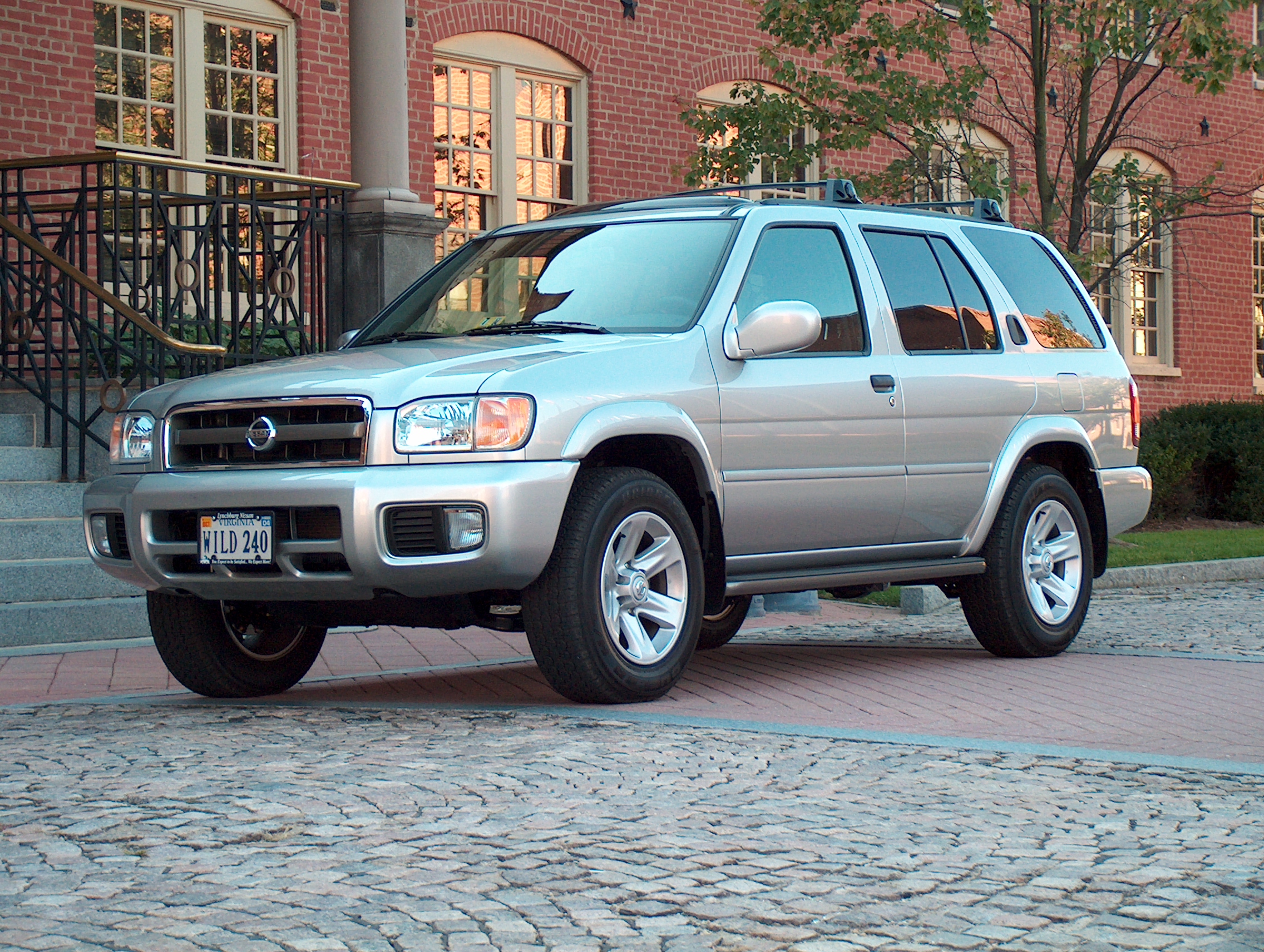
For many years, virtually all of the vehicles on American roads were passenger cars. These vehicles were known as sedans, station wagons and sports cars. While they varied in size, none of them could be confused with trucks in any way.
At that time, there was a small number of pick-up trucks and vans, and a modest number of larger trucks used primarily for transporting goods. This proportion of vehicles, with passenger cars being the clear majority, made the roads seem more wide open.
Beginning in the late 1990s, auto manufacturers began to offer another type of vehicle, which was much more like a truck than a passenger car, the sports utility vehicle (SUV). In fact, in North America, SUVs are considered to be a light trucks because they use the same platform as pick-up trucks.
A bad economy and the desire for lowered fuel consumption caused SUV sales to drop in the mid-2000s. But, some of these sales were recovered by selling a new type of car, the crossover. Crossovers look very much like SUVs, only they are built on a car platform instead of a truck platform. Improved fuel economy and car-like handling are two selling points for this sort of vehicle.
Whatever you call this kind of car, SUV or crossover, you have the same problem: it is nearly impossible to see over them if you are behind or to the side of them. As tall vehicles, they create a visibility problem.
Drivers in passengers cars can’t see over such vehicles when trapped behind them. It’s often difficult to determine whether there is traffic in front of the SUV or even whether the traffic light is red or green. This inability to see around many vehicles makes anticipation of and reaction to traffic patterns an onerous task.
The problem is even worse for bicyclists. When roads were filled with passenger cars, it was possible to look through the windows to see what was on the other side of the car. Doing so allowed the cyclist to determine whether any cars were coming towards him.
Once SUVs became commonplace, no way existed to see what was on the other side of them. Due to the height of these vehicles, a cyclist trying to see around it would be looking at a door, not a window. This essentially blinds the cyclist to what is going on in the vicinity.
As if that weren’t bad enough, drivers of passenger cars near the cyclist and the SUVs can’t see around the SUVs either. So due to the increased number of behemoth vehicles on the roads, more vehicle operators are operating in the dark.
Needless to say, this is a very dangerous situation. Vehicle operators are risking life and limb every time they pass an SUV because they don’t really know what is on the other side awaiting them.
In an ideal world, truck-like vehicles like SUVs or their smaller cousins the crossover vehicles, would be discouraged or possibly even banned at certain times of the day, such as during rush hour. Removing these large vehicles from the roads would help to reduce accidents and traffic congestion.
It’s hard to comprehend the popularity of large truck-like vehicles for passenger use. Certainly some SUV owners use their vehicles to haul large items or to transport a very large family. But it’s difficult to believe that they have such needs on a daily basis.
Most SUV owners could drive a passenger car and utilize a trailer or rental vehicle for times when it’s necessary to haul things which won’t fit into a passenger car. And even if they have a large family, they could buy a hatchback or a large passenger vehicle. So ultimately, it’s not necessary to drive a huge vehicle on a daily basis.
With so many hazards on the road, cyclists don’t need one more. Perhaps the price of gas will further reduce the demand for enormous vehicles. Or maybe driving trends will just change, as all trends do, and smaller cars will come into vogue again.
Cycling advocates can put items like this on their agendas. Making streets more user friendly includes reduction of traffic congestion. It also includes both environmentally positive and healthier choices.
Rather than taking a back seat, cyclists can lead the way to a more prudent motor vehicle selection trend. They are in a perfect position to do so. Some cyclists do not drive, and in this way, they demonstrate a car-free life. But other cyclists are also drivers, and as such, they can venture to lead by example.



